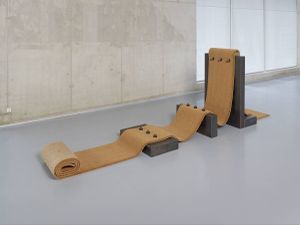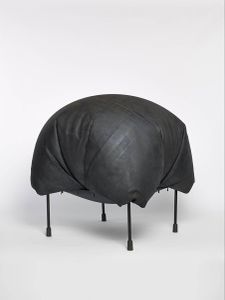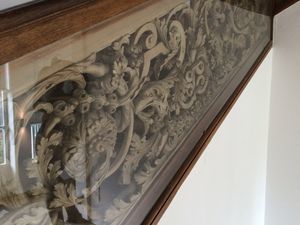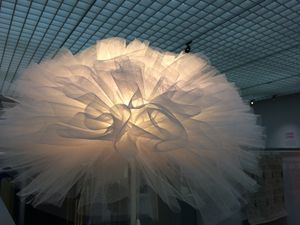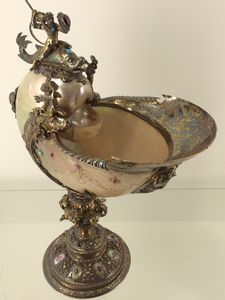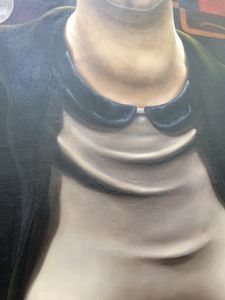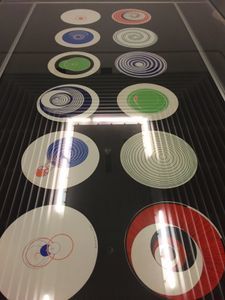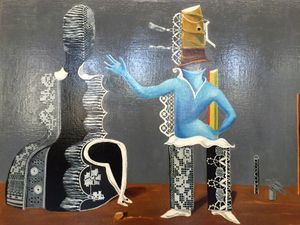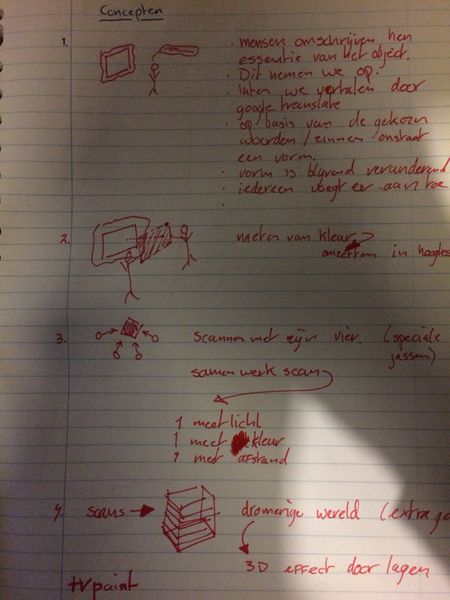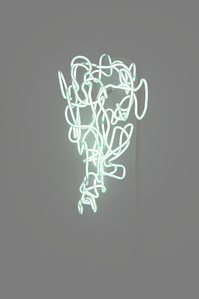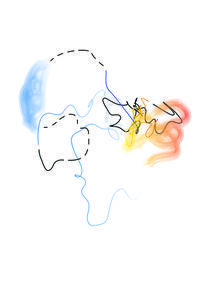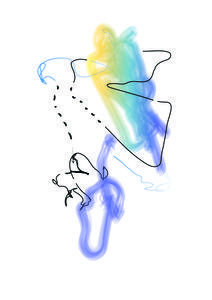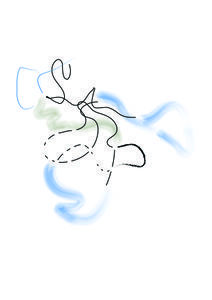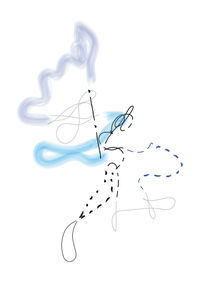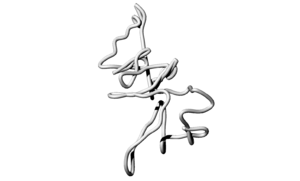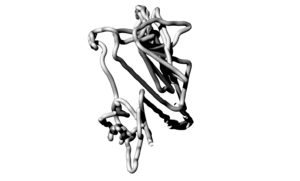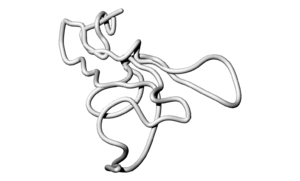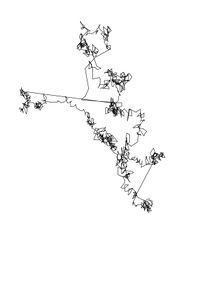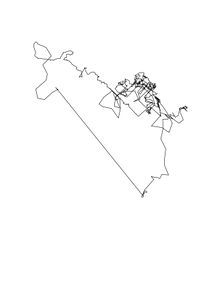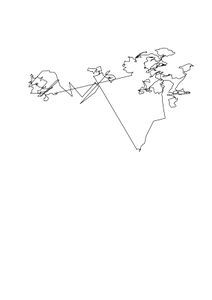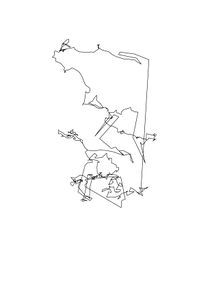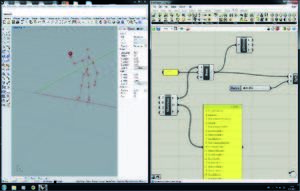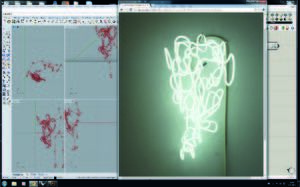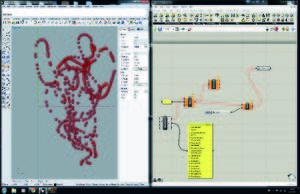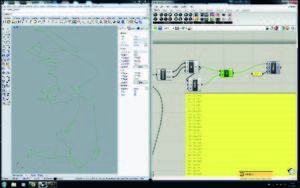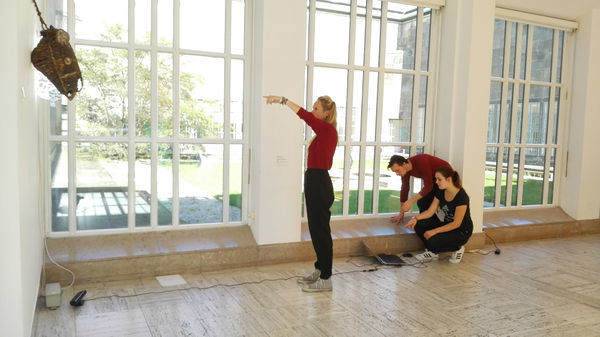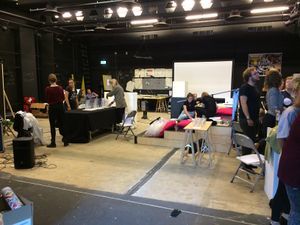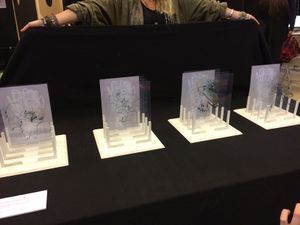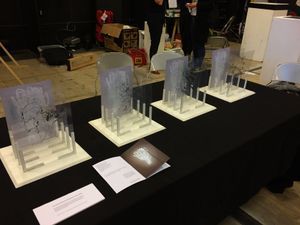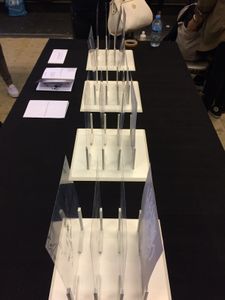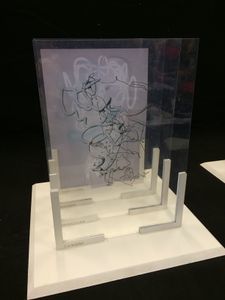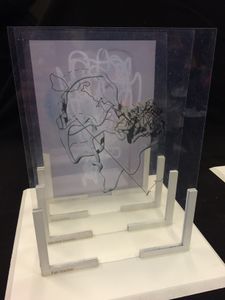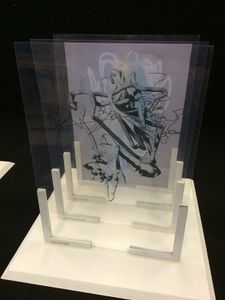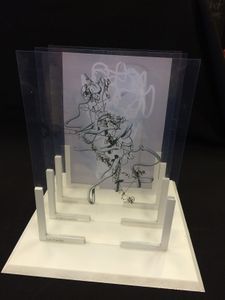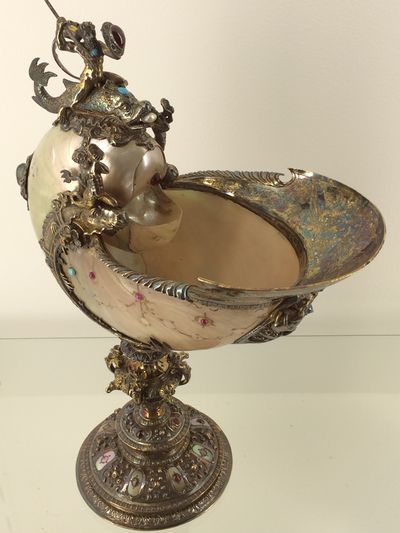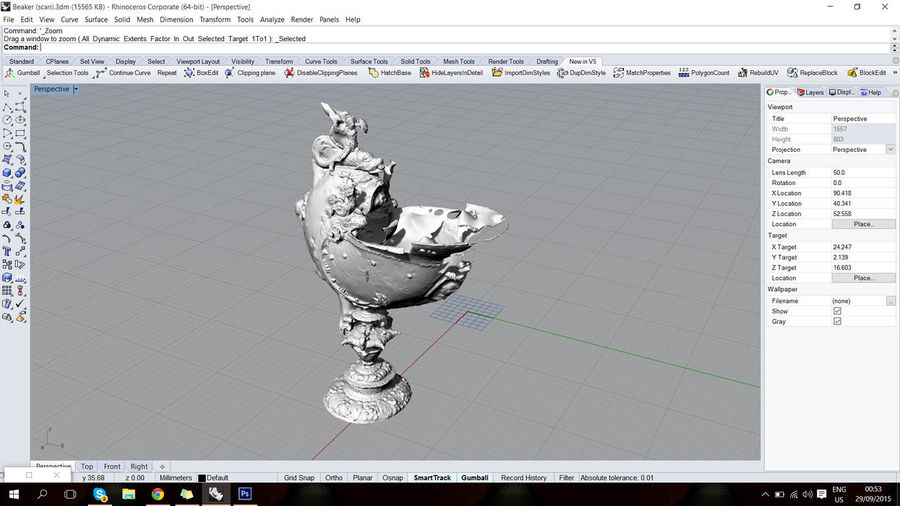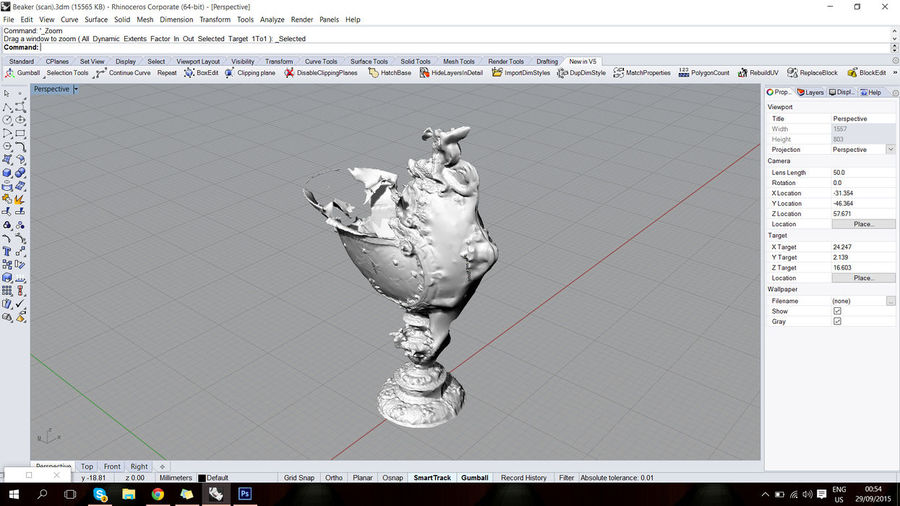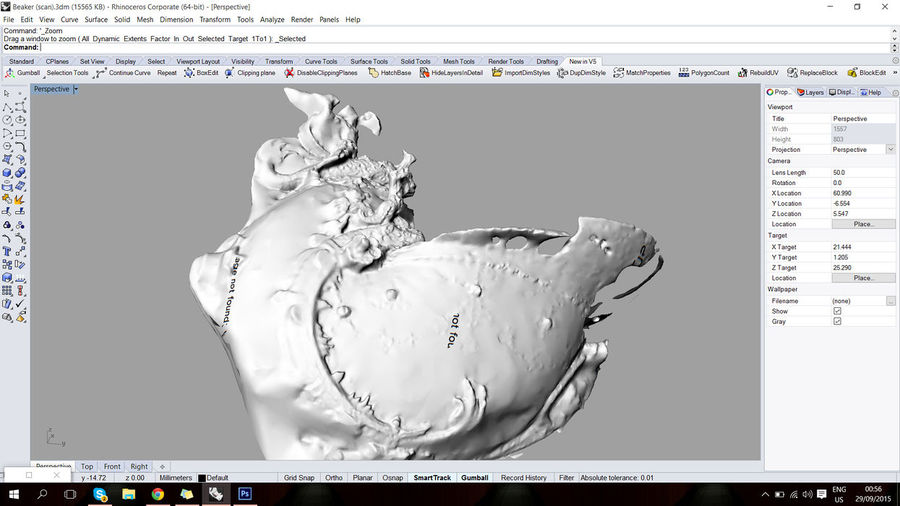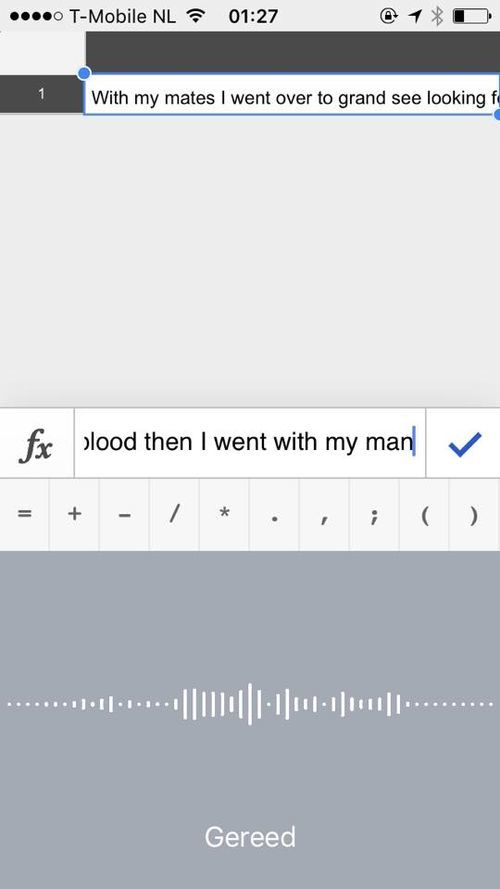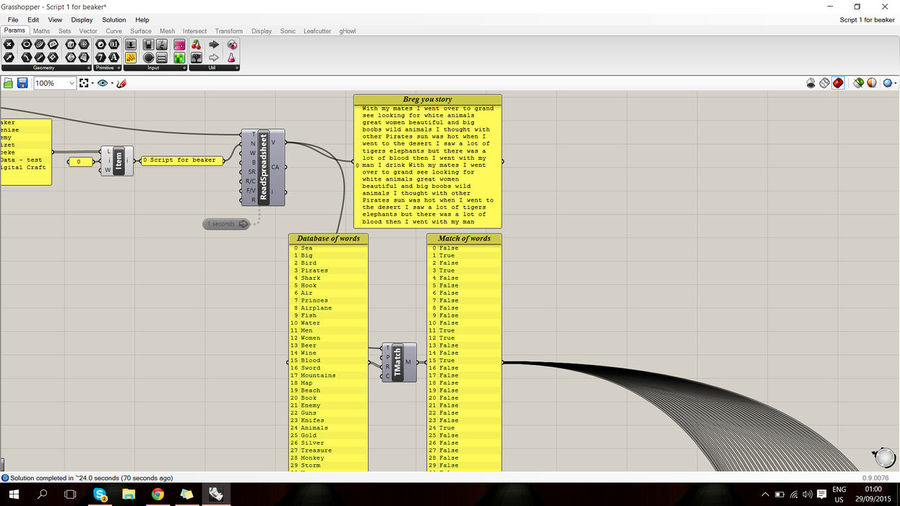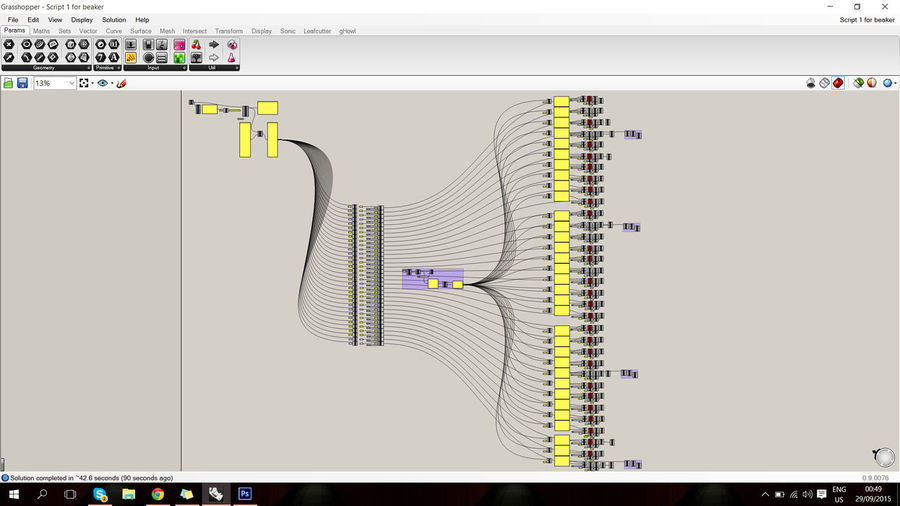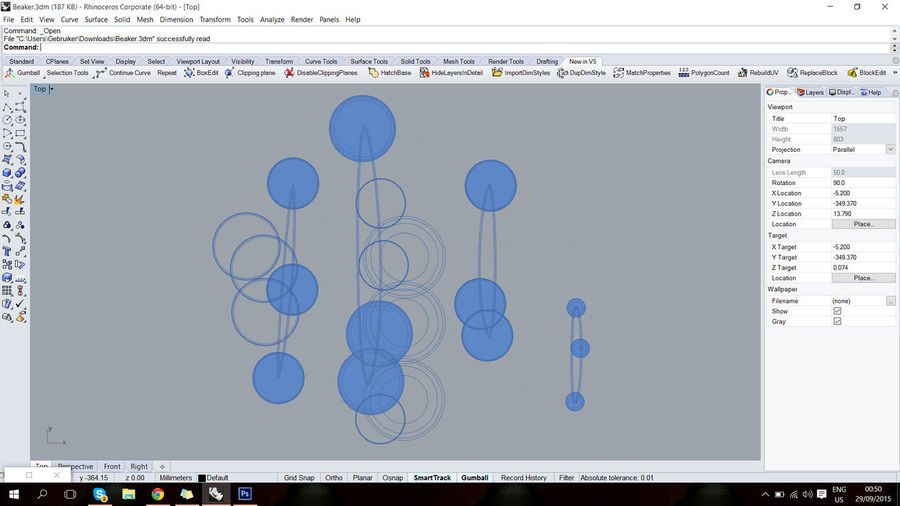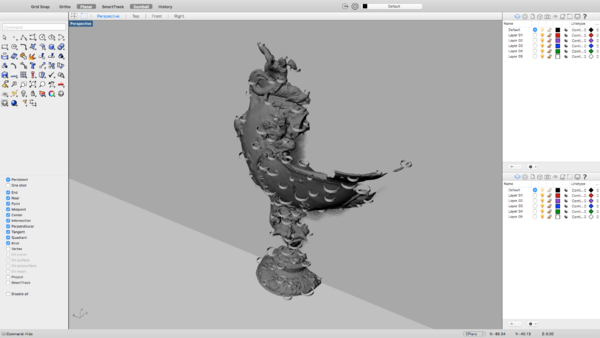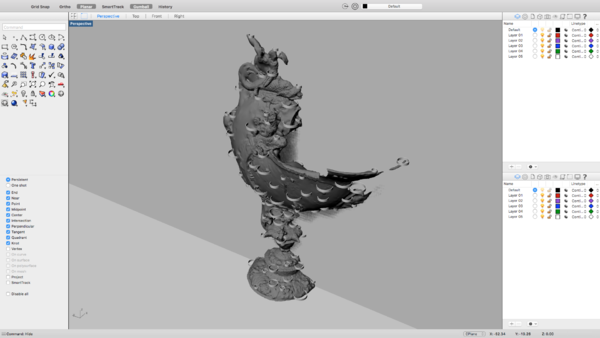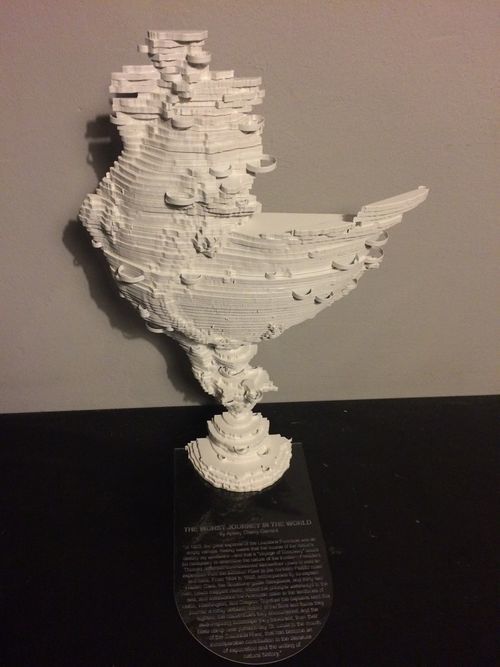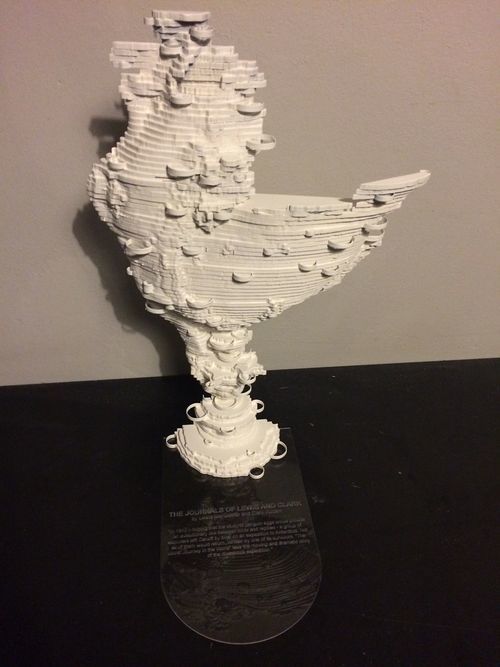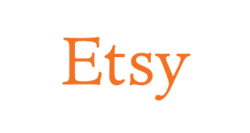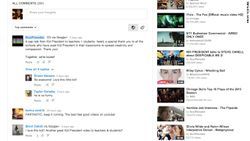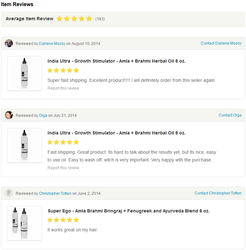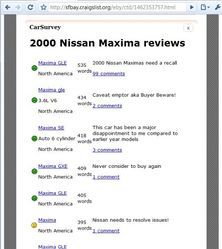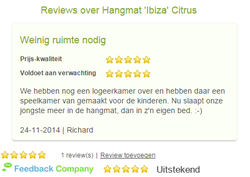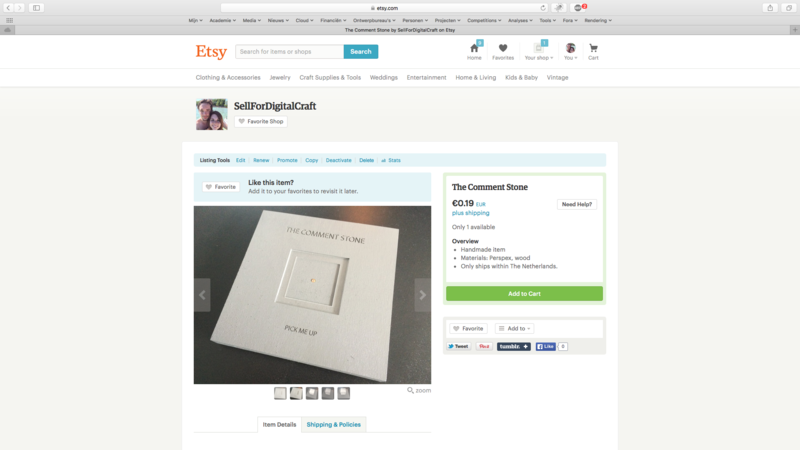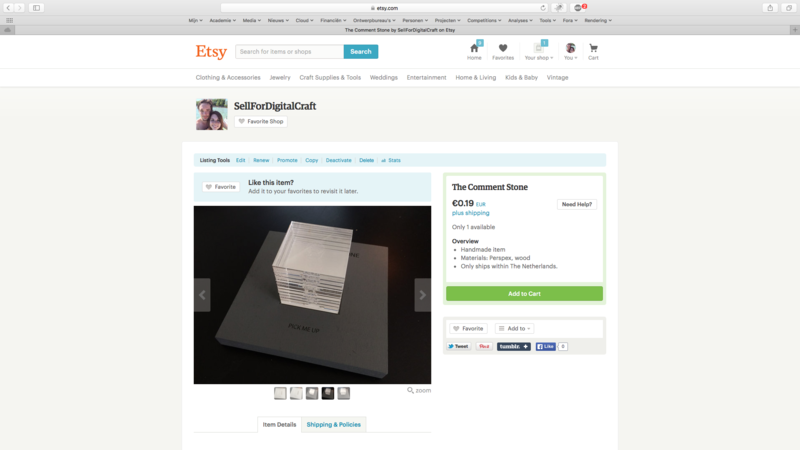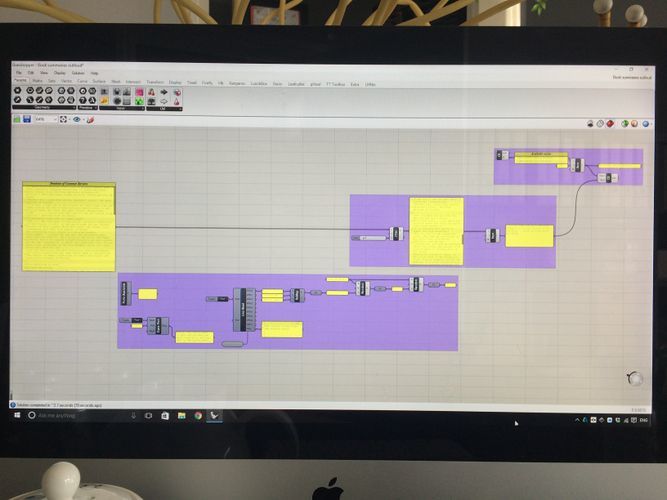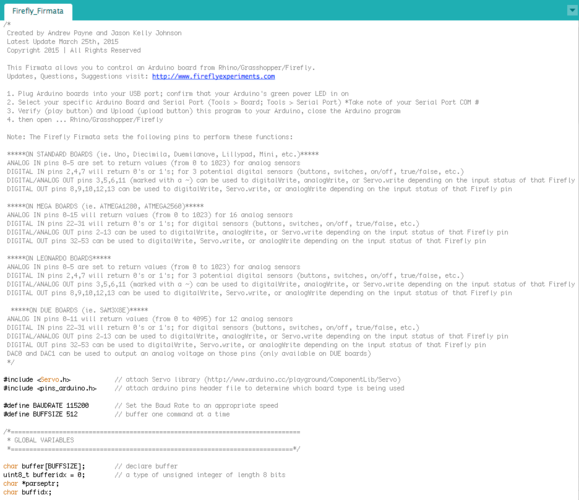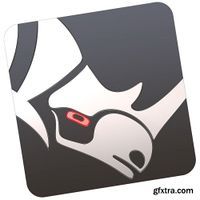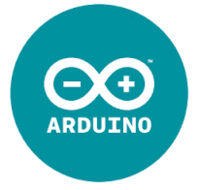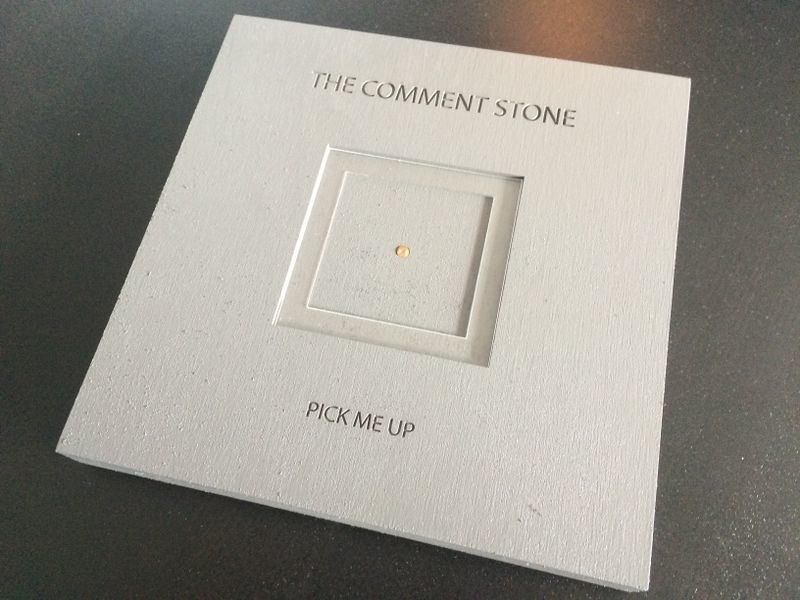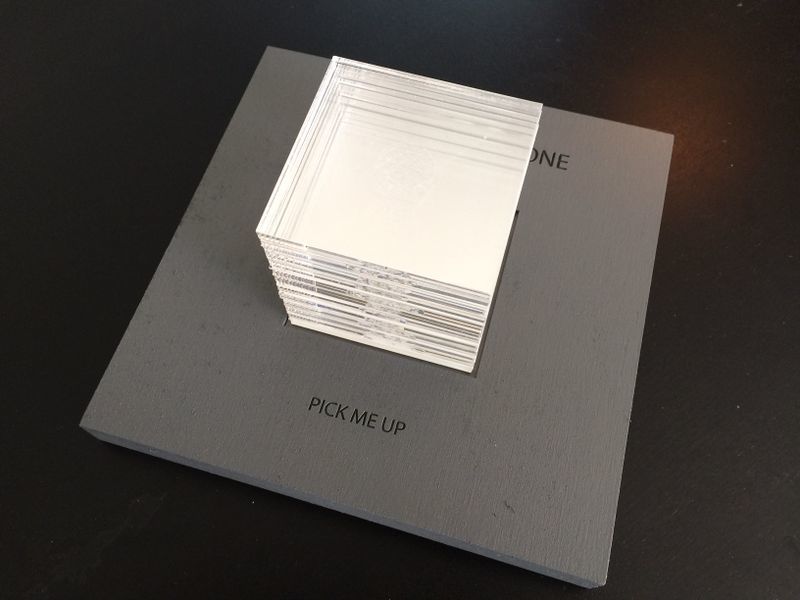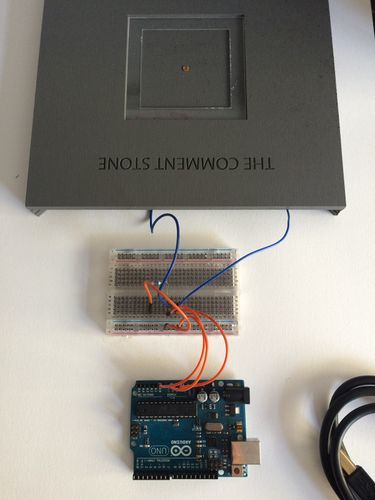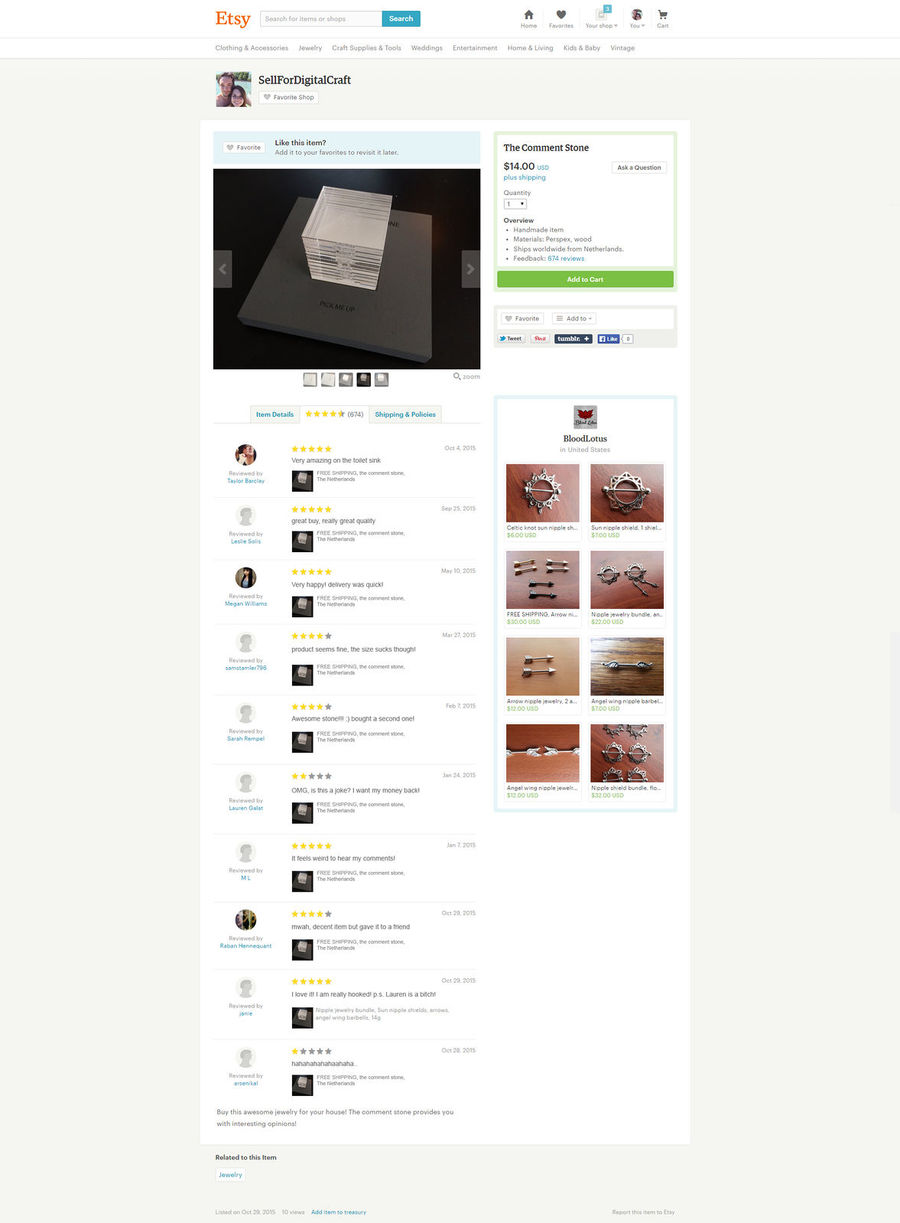Difference between revisions of "User:0841388"
Remykonings (talk | contribs) |
Remykonings (talk | contribs) |
||
| Line 2: | Line 2: | ||
===='''REMY KONINGS'''==== | ===='''REMY KONINGS'''==== | ||
<br> | <br> | ||
| − | SPATIAL DESIGN | + | ===SPATIAL DESIGN=== |
<br> | <br> | ||
| − | REMYKONINGS@ICLOUD.COM | + | ==REMYKONINGS@ICLOUD.COM== |
<br> | <br> | ||
| − | 06 57 57 29 43 | + | =06 57 57 29 43= |
<br> | <br> | ||
<br> | <br> | ||
Revision as of 22:05, 27 November 2015
Contents
REMY KONINGS
SPATIAL DESIGN
REMYKONINGS@ICLOUD.COM
06 57 57 29 43
INTRO WEEK ASSIGNMENT - FANTASTIC FORGERIES ASSIGNMENT - TOOLS OF THE TRADE ASSIGNMENT
ESSAY
http://opensource.wdka.nl/mediawiki/images/0/0e/Computational_design.pdf
VISITING THE BOYMANS MUSEUM ON SEPTEMBER 6TH 2015
INNITIAL BRAINSTORM SESSION
1. Scanning an art piece by describing it with words.
2. Mesurements of colors which will be converted to different heights.
3. Scanning an object with multiple people at the same time. Working together in order to gain more information at the same time (eg. making use of reflective or colorful greenscreen coats)
4. Making a picture every minute and show these in a seethrough drawer. You own movement will create the 3D effect and the water creates a dreaming holographic effect.
STEALING FROM THE MUSEUM
After we decided what to do, we had to figure out how to actually do it.
How are we able to get the information. How do we receive the input.
I used Rhino in combination with Grasshopper, firefly and other plugins to make all the connections.
1. We connected our Kinect camera to our grasshopper script. The script was made in a way so we could trace a persons right hand.
we recorded his/her right hand every half half a second and recorded this visually. Eventually we were able to drawing in 3D in open air.
2. The other input method we made use of was eye tracking. We recorded our own iris while we were tracing the object with our eye.
Eventually with the use of Adobe after effect we traced a specific spot in the eye ball from the recorded video.
3. The 3rd method of input we used was an audio description. We used the voice recognition feature of our iPhone to record the voice to text.
We connected the phone wireless to our grasshopper script so we could match all the words in real time to a database of words which were related to certain colors.
eg. when somebody would say the word "red" during his description, that word would get picked out because that is matched agains the database.
In the end we visualized all this information in a very static way using layers of transparent sheets.
The conclusion was that when somebody would watch through the layers of the object, he could see through the eyes of the person that looked at the art pierced in the museum.
- All our recorded input
- Creation and testing of the grasshopper script
- Stealing the object in the museum
- Our exhibition!
FANTASTIC FORGERIES
The object I choose to forge is called the Nautilus Beaker.
This beaker has been created by a craftsmanship around 1590. It is a beautiful piece to show.
Although the Beaker is crafted with great precision and care, it also full of deceit.
So, the beaker has been created by a craftsman and commissioned by a wealthy person, such as royalty or other high ranking people.
The craftsman would never make an object like this for himself because of multiple reasons:
1. The materials that have been used, like gold and pearls, are way to expansive. He needs someone who provides him with that amount of money.
2. He has no use for it! These kind of objects do have certain purposes, but non of them is a practical one even though it looks like a cup.
3. This is an object to BREG about! It shows wealth! and it shows a sophisticated taste!
This beaker is meant to show others your wealth. It tells a story of adventure, about far places that the owner has been to or knows about!
The Nautilus Beaker shows elements of the ocean, like pearls, shells and creatures of the sea.
The beaker is a trophy that complements the owners wealth and power.
By combining all these elements in one high skilled crafted object, you are showing others of your great status.
BUT..
Like I already said, the beaker is made by a craftsman and commissioned by this wealthy person.
You can understand that these wealthy people would breg a lot and tell these big stories about there journeys and adventures to others.
but most of the times, these stories are not even true. The beaker shows the elements of the journey but most of the times, the owner did not even experience it him/herself.
This object is a trophy to show your surroundings, that compliments there status and it is an object in which the owner can breg about!
MY CONCEPT
I am going to create a NEW and IMPROVED beaker.
This beaker is going to be made out of a transparent material in orde to project on it.
So.. HOW DOES IT WORK?!
Going forward on my/our previous asignment about analysing the person instead of the art piece.
Imagine the owner of the beaker, bregging about one of his "big adventures" in front of his beaker.
I will create a script in Rhino and Grasshopper, in which it is possible to record someones voice and translate this into text.
Then all of the text from his story will be matched agains a breg-database that i created. Onces the owner of the beaker uses a specific breg-word, a new ormentation will pop up in the the program.
So imagine that someone bregs about this great story, about sailing the a big sea, fighting agains pirates and discovering new places. All this text will be analysed and matched.
In the end of his story, all the big words he used in his story, will be translated to an ormentation.
Eventually, a projector which is connected to my script in Rhino, will project every ornament onto the transparent beaker.
In conclusion, the amount of ornaments projected on the beaker, will tell how much somebody was bregging in his story!
3D-scan by using 123D Capture on an iPhone
- Part 1 of 3D-scan
- Part 2 of 3D-scan
- Part 3 of 3D-scan
Designing the process from speech(breg)-recognition towards the projection onto the new transparent beaker
- Designing in Rhino with programming in Grasshopper
- Speech to Text using Voice recognition on the iPhone in Google Sheets
- Real time sync with Google Sheets for importing the breg
- Script for decoration by breg
- Decoration in Rhino by script
CHANGE OF PLANS
- Two of the top Sea adventure stories on Amazon.com
- Two of the top Sea adventure stories on Amazon.com
- The five most populair website to sell products and services
- My own webshop at Etsy.com, selling my Comment stone
- Scripting with Rhino and Grasshopper to create the voice and using the arduino with a photocell to measure the lightintensity to get interactivity
- The Comment Stone
- The arduino board holding the sketch to read the photocell value
- Etsy page
